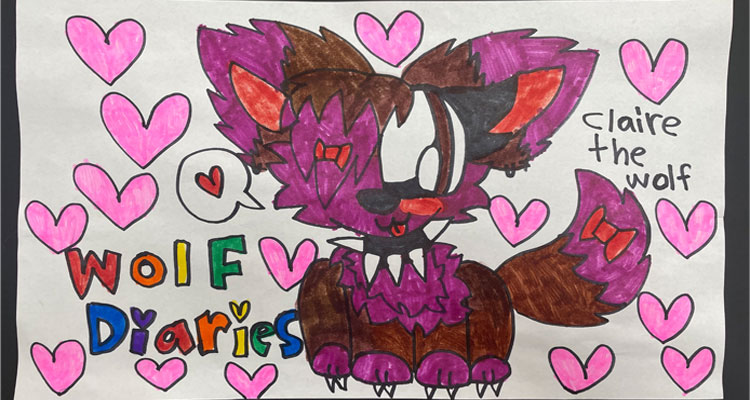Autism is a somewhat new diagnosis. It first appeared in the Diagnostic and Statistical Manual of Mental Disorders (DSM-III) in 1980. However, it is widely accepted that autism existed long before that. It’s thought that many famous historical figures were probably autistic. Leonardo da Vinci, Michelangelo, van Gogh, Beethoven, Mozart, and Emily Dickenson (amongst others) are thought to have been autistic based on stories of their “quirky” behavior.
These “quirks” are traits we now consider to be part of an autism diagnosis. According to the DSM, autistic people have trouble with social communication and interaction. People with autism also have restricted and repetitive patterns of behavior. Mozart is a good example. In the movie Amadeus, Mozart displays several behavioral characteristics of autism. He used repetitive hand movements, had trouble sitting still if bored, and couldn’t communicate clearly. Many consider his talent to be linked to autism, too. Mozart was gifted in musical memory. He could remember any song that he heard. He also was able to focus on music for very long periods of time.
Autism is a condition that is caused by differences in brain development. Autism diagnoses are split into three levels. People diagnosed with level 1 autism will need the least amount of support, whereas people diagnosed with level 3 autism will need very substantial support because they might be nonverbal and have an intellectual disability. This is why we use the term autism spectrum, because there is a range of how autism affects each person.
People on the autism spectrum have many strengths that are often overlooked. Superior memory skills and hyperlexia are just two examples of strengths. Hyperlexia is the ability to read words or sheet music at a very young age without being taught. People with autism often have sensory differences, like being sensitive to loud sounds. However, sensory sensitivity isn’t always a problem because it can lead to enhanced attention to detail, color perception, sound discrimination, and sense of smell. According to Embrace Autism, autistic individuals across the spectrum are more than ten times as likely to be savants than people without autism. A savant is someone who has a specific exceptional talent. Savants often are highly gifted in art or music.
Special interests are a part of autistic people’s lives. Special interests are topics that the autistic person loves to learn and talk about. For many people, their special interest is some form of the arts. Temple Grandin, a famous autistic person, encourages other autistic people to develop their special interests into job skills. Most individuals with autism struggle to find jobs. It is often even harder for individuals with level 1 autism to find a job because they need to compete with neurotypical people and do not have the help of job placement services. Grandin figured out that it is easier to find and keep a job if it’s related to a special interest.
Not only are there jobs in the arts, but the arts also provide social connections and community. Theatres are known as a home for people who feel like they don’t fit in elsewhere. Many neurodiverse people feel like they belong at a theatre. Autistic individuals don’t just find friends in the theatre; they can also learn about perspective taking and social interaction through acting.
The arts provide many opportunities for autistic individuals across the spectrum to shine and find their passion. The arts are a uniquely inclusive space. Inclusion is one more reason to preserve the arts in our community.




